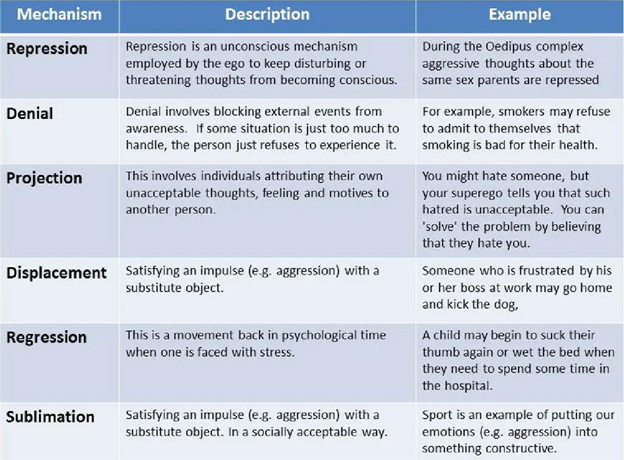A nurse is reviewing the guidelines for documenting client care.
Which of the following actions should the nurse plan to take?
Avoid quoting client comments when documenting.
Limit documentation to subjective information.
Document giving a dose of pain medication just prior to administration.
Document information telephoned in by a nurse who left the unit for the day.
The Correct Answer is A
Avoid quoting client comments when documenting: This is the correct action to take. When documenting client care, it is important to use objective language and avoid directly quoting client comments. Instead, the nurse should summarize or paraphrase the client's statements using professional and objective language.
Incorrect:
B- Limit documentation to subjective information: This is an incorrect action to take.
Documentation should include both subjective and objective information. Subjective information refers to the client's own experiences, perceptions, and feelings, while objective information refers to measurable and observable data.
C- Document giving a dose of pain medication just prior to administration: This is an incorrect action to take. Documentation should accurately reflect the timing and administration of medications. Documenting giving a dose of pain medication just prior to administration would be inaccurate and could lead to confusion and potential medication errors.
D- Document information telephoned in by a nurse who left the unit for the day: This is an incorrect action to take. Documentation should only include information that the nurse personally witnesses, assesses, or performs. Information provided by another nurse should be documented as a report or handoff communication rather than direct documentation.
Nursing Test Bank
Naxlex Comprehensive Predictor Exams
Related Questions
Correct Answer is C
Explanation
Explanation:
Displacement is a defense mechanism in which an individual redirect their emotions or impulses from their original target to a less threatening or safer target. In this scenario, the client yells at the nurse when medication changes are prescribed by the provider. The client may be feeling angry or frustrated about the medication changes but is unable to express those emotions directly towards the provider. Instead, the client displaces those feelings onto the nurse, who may be seen as a safer or more accessible target. The yelling behavior directed at the nurse is a way for the client to release and express their emotions indirectly.
Let's briefly discuss the other defense mechanisms mentioned:
A- Conversion: Conversion involves the expression of psychological distress or conflict through physical symptoms or ailments. It is not applicable in this scenario since the client's behavior does not involve physical symptoms.
B- Splitting: Splitting is a defense mechanism characterized by a black-and-white thinking pattern, where individuals perceive others or situations as all good or all bad. It does not directly apply in this scenario as the client's behavior is not indicative of splitting.
D- Sublimation: Sublimation is a defense mechanism in which an individual channel their unacceptable or potentially harmful impulses into socially acceptable outlets, such as creative or productive activities. It is not evident in this scenario as the client's behavior does not involve transforming the emotions into a more positive or socially acceptable form.

Correct Answer is B
Explanation
Explanation
B. Make a schedule for daily task.
Creating a schedule of daily tasks can provide structure and routine for individuals with Alzheimer's disease. This helps reduce confusion and frustration by providing a sense of familiarity and predictability. The schedule should be displayed in a visible location and include activities such as meals, personal care, medication administration, and any recreational or therapeutic activities. Following the schedule can help the client feel more oriented and decrease their frustration levels.
Limiting the use of familiar objects in (option A) should not be included because it may further increase frustration and disorientation. Familiar objects can provide comfort and a sense of security for individuals with Alzheimer's disease.
Asking questions that require more than one answer in (option C) should not be included because it can be overwhelming and confusing for someone with Alzheimer's disease. It is best to ask simple, straightforward questions to facilitate communication and comprehension.
Having several family members visit daily in (option D) should not be included because it may cause agitation and overstimulation for the client. It is important to maintain a calm and predictable environment, limiting the number of visitors and ensuring they are familiar to the client.
Therefore, the most appropriate intervention for the nurse to include is making a schedule of daily tasks (option B).
Whether you are a student looking to ace your exams or a practicing nurse seeking to enhance your expertise , our nursing education contents will empower you with the confidence and competence to make a difference in the lives of patients and become a respected leader in the healthcare field.
Visit Naxlex, invest in your future and unlock endless possibilities with our unparalleled nursing education contents today
Report Wrong Answer on the Current Question
Do you disagree with the answer? If yes, what is your expected answer? Explain.
Kindly be descriptive with the issue you are facing.
